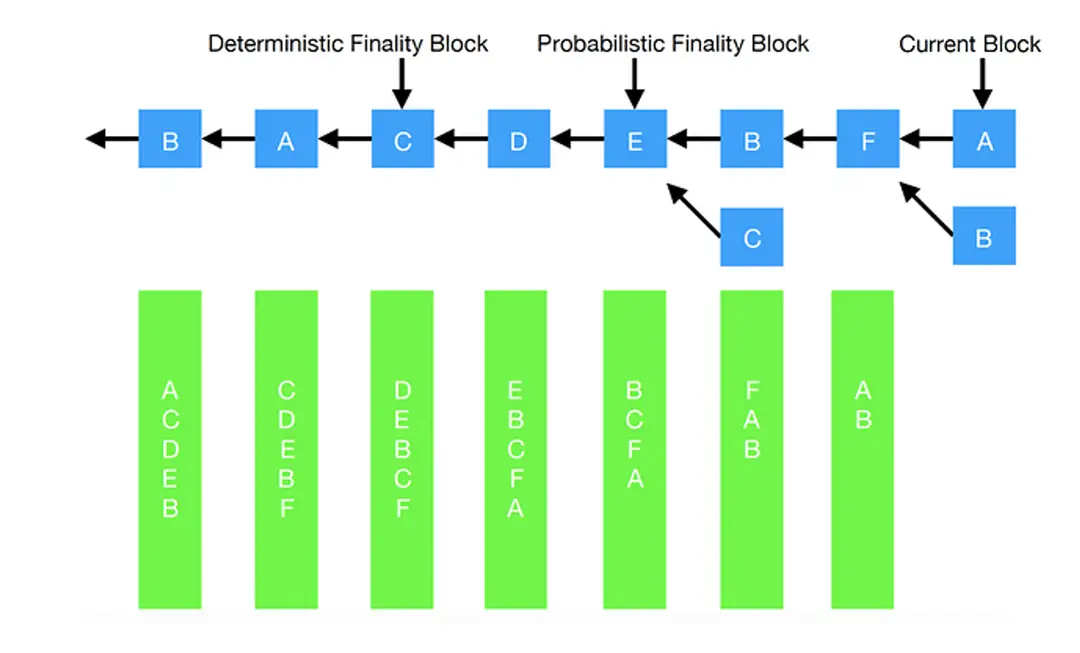Welcome to the world of Web3, where cryptocurrencies, blockchain, and a unique culture converge. Entering the world of Web3 can be both thrilling and overwhelming, especially when faced with the seemingly cryptic language used by enthusiasts. Don't worry if you feel they sound like some secret codes, we are here to unravel their meaning in Web3 context. In this article, we are going to introduce [Finality].

What Does 'Finality' Mean?
Finality refers to the guarantee that once a transaction has been confirmed by a blockchain network, it cannot be altered, reversed, or erased. It signifies the moment a transaction becomes absolute and irrevocable within a blockchain's ledger.
The Origin of Finality
The concept of finality is not new and exists in traditional financial systems, where once a transaction is processed, it is considered final and cannot be reversed. However, in the context of blockchain and Web3, finality takes on added importance due to the decentralized nature of these technologies. Unlike centralized systems where a single entity can confirm transactions, blockchains rely on consensus mechanisms to achieve agreement among disparate nodes about the state of the ledger.
How Does Finality Work in Blockchain?
Mechanism: In blockchain networks, transactions are grouped into blocks and added to the chain. Finality occurs when the network reaches consensus on the inclusion of a block, ensuring that all subsequent blocks build upon it, making it practically impossible to change past transactions without a consensus to rewrite the entire chain from the point of alteration.
There are two main types of finality:
Probabilistic Finality
This is common in blockchains that use Proof of Work (PoW) consensus mechanisms, like Bitcoin. In these systems, finality is never absolute but becomes increasingly improbable to reverse as more blocks are added on top of a transaction block.
Absolute Finality
Blockchains that employ Proof of Stake (PoS) or Byzantine Fault Tolerance (BFT) mechanisms can achieve absolute finality. Here, transactions are considered final after a certain point, with no possibility of reversal, once validated by the consensus mechanism.

Why is Finality Important in Web3?
Security and Trust
Finality is crucial for ensuring the security and trustworthiness of blockchain transactions. Users and developers can have confidence that once a transaction is finalized, it will not be changed, creating a stable and reliable environment for financial operations and smart contracts.
Efficiency
Finality contributes to the efficiency of blockchain networks by allowing for quicker settlement times compared to traditional systems where transactions can be pending for days.
Interoperability
For cross-chain operations and bridges, finality ensures that transactions are securely completed on one chain before assets are moved or represented on another, facilitating smoother interoperability between different blockchains.
Conclusion
Finality is a cornerstone of blockchain technology, ensuring that transactions are secure, irreversible, and trusted. It plays a pivotal role in the efficiency, security, and development of the Web3 ecosystem, providing a foundation upon which decentralized applications can be built and operated with confidence. As we continue to explore and expand the boundaries of blockchain technology, the concept of finality will remain central to the discussion on how to create a more decentralized, transparent, and equitable digital world.
If you would like to learn more about slang in Web3, let’s explore more in our HackQuest Web3 Glossary!